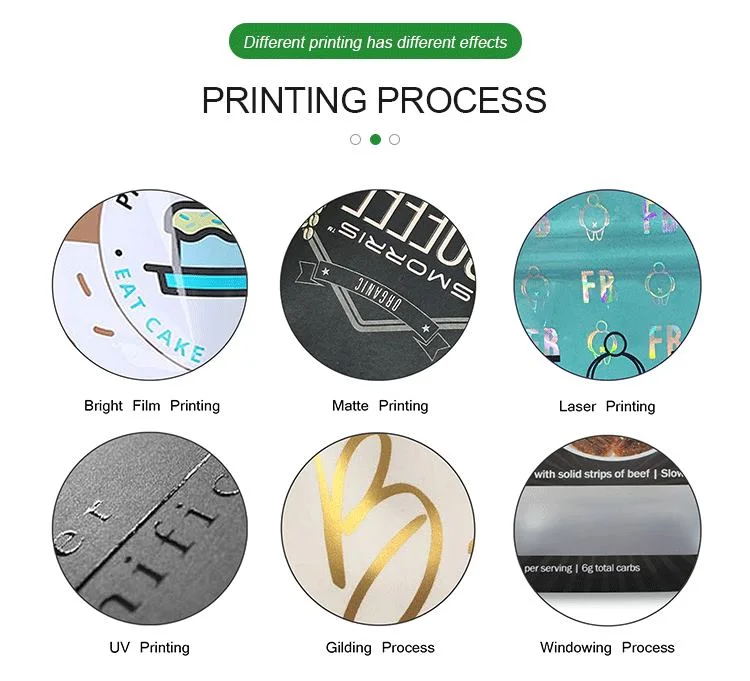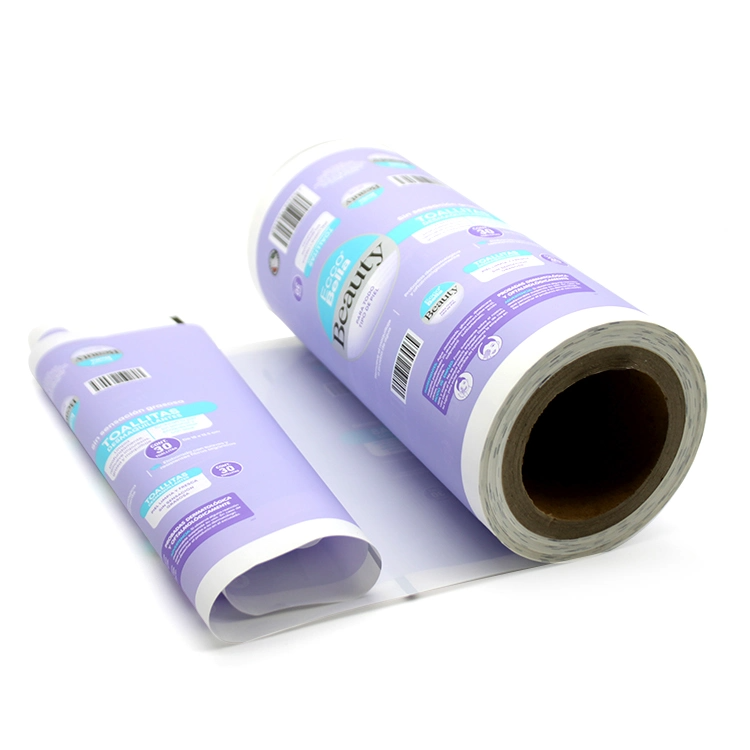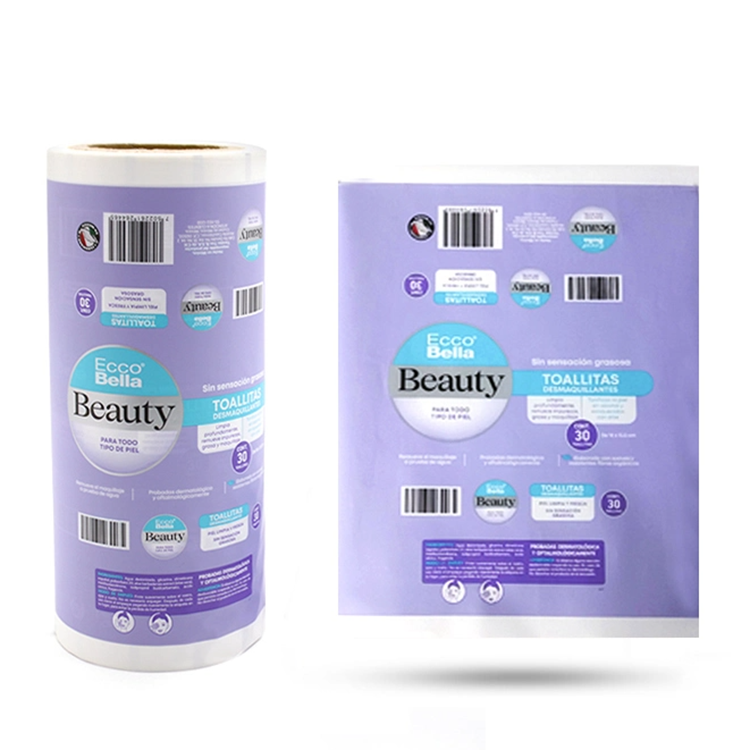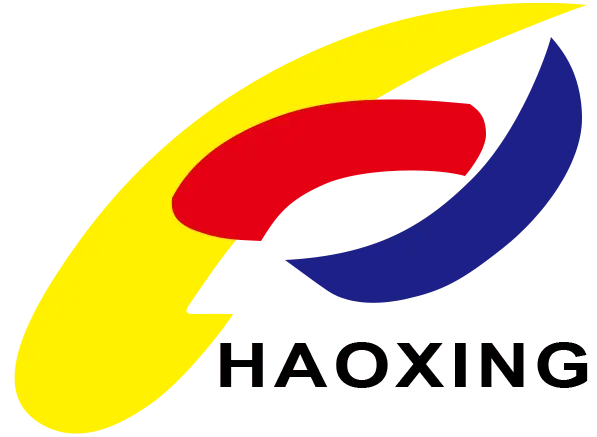What is roll film packaging?
2023-12-11
Roll film packaging, also known as roll stock or roll film, refers to a flexible packaging format where a continuous roll of material is used to create individual packaging units. This type of packaging is commonly used in the food, pharmaceutical, and other industries for the efficient and automated packaging of various products.
Key features of roll film packaging include:

Material Composition:
Roll film packaging can be made from a variety of materials, including plastic films, laminates, or a combination of materials. The choice of material depends on the specific requirements of the product being packaged, such as the need for barrier properties, flexibility, or transparency.
Continuous Roll Form:
The packaging material is typically wound into a large roll. This continuous roll is fed into a packaging machine, where it is formed, sealed, and cut into individual packages. The roll format allows for efficient and high-speed packaging processes, making it suitable for large-scale production.
Customization and Printing:
Roll film packaging can be customized through printing to include branding, product information, barcodes, and other graphics. The continuous roll allows for seamless printing of repetitive patterns or information.
Sealing and Forming:
The roll film is fed through a packaging machine that forms the material into the desired shape and seals it to create individual packages. This process can include various sealing techniques such as heat sealing, cold sealing, or ultrasonic sealing.
Applications:

Roll film packaging is widely used for packaging various products, including snacks, confectionery, frozen foods, pet food, pharmaceuticals, and more. It is suitable for both horizontal and vertical form-fill-seal machines, which are commonly used in automated packaging lines.
Barrier Properties:
Depending on the requirements of the packaged product, roll film packaging can be designed with specific barrier properties to protect against moisture, oxygen, light, or other environmental factors that may affect product quality and shelf life.
Cost Efficiency:
Roll film packaging offers cost efficiency in terms of material usage and production speed. The continuous roll format allows for minimal material waste and increased production rates compared to certain other packaging formats.
Variety of Styles:
Roll film packaging can be used to create various packaging styles, including pouches, sachets, pillow bags, and more. The versatility of the material and the packaging machine allows for adaptation to different product shapes and sizes.
Roll film packaging is a popular choice in industries where high-speed and efficient packaging processes are required. It provides flexibility in terms of material choices, customization, and adaptability to different product types and packaging styles.




